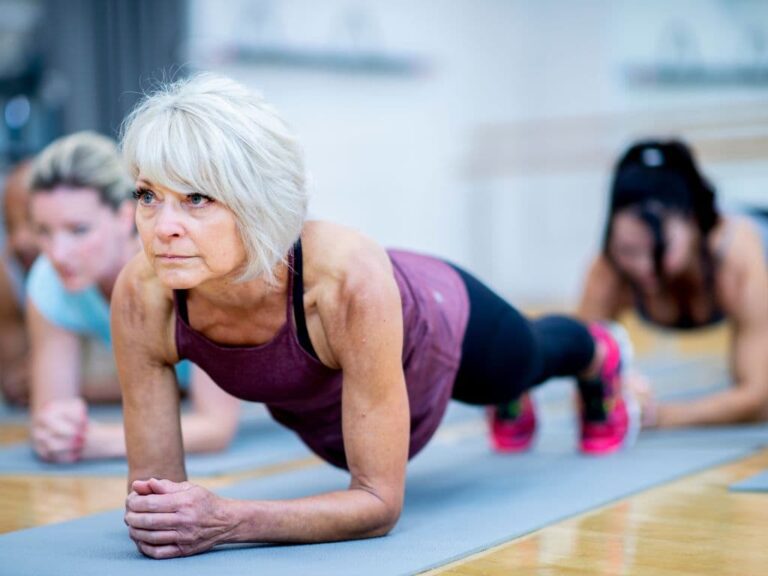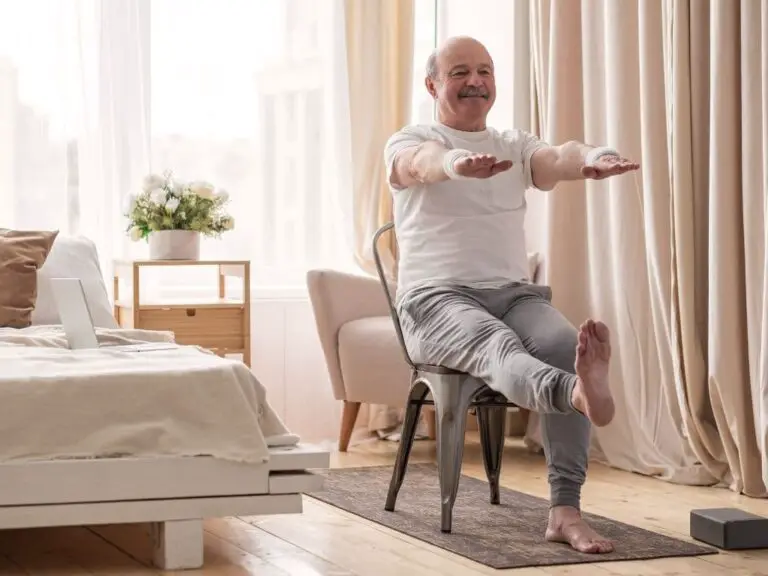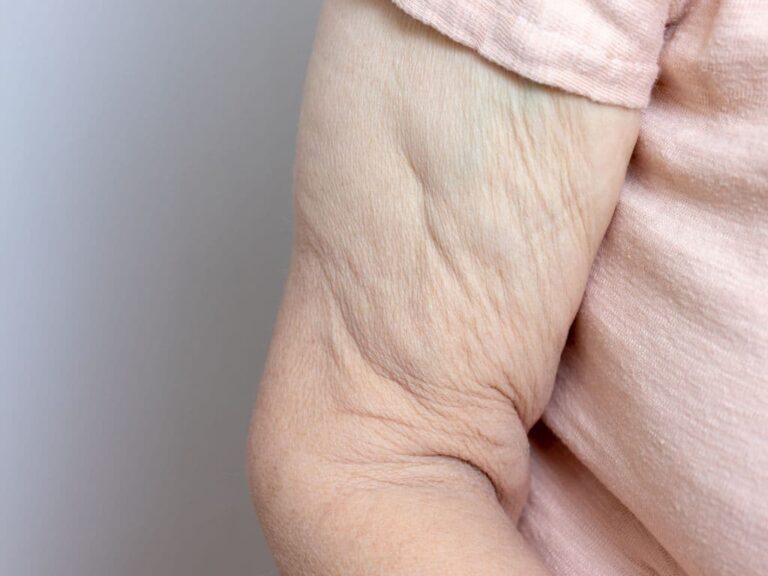How Much Weight Should I Lift to Increase Bone Density?
Bone density refers to the amount of bone mineral matter per square centimeter of bone. It is a measurement of the strength and thickness of bones. Higher bone density means stronger, healthier bones that are less prone to fractures and breaks. As we age, bone mass and density starts to deteriorate leading to porous, fragile bones. This condition is known as osteoporosis and greatly increases the risk of fractures from falls or even minor impacts. Building bone density, especially from a young age, can help strengthen bones and reduce the risks of osteoporosis and bone health issues later in life.
How much weight should you lift to increase bone density? The ideal amount of weight to lift for increasing bone density depends on your current fitness level, weight, gender, age, and overall health goals. For beginners, it is suggested to start with lighter weights around 30-50% of your 1 rep max, aiming for 12-15 reps per set, while more advanced lifters can challenge their bones with 80%+ of their 1 rep max, aiming for 1-6 reps per set.
Regardless of one’s fitness level, the key to safely increasing bone density through weight lifting is progressive overload, which involves gradually increasing the amount of weight or resistance over time, maintaining proper form, and allowing adequate rest for recovery.

How is The Strength and Thickness of Bones Determined?
The key determinant of bone strength and thickness is bone mineral density (BMD). BMD is influenced by several factors including:
- Genetics: Internal factors like genetics play a major role in peak bone density. Those with a family history of strong bones will likely have higher BMD.
- Age: Bone density starts building from birth, peaks around 30 years old, and declines with age as bone tissue loses minerals faster than they are replaced.
- Sex: Estrogen levels in females protect bone density so men generally have higher BMD. Loss of estrogen after menopause accelerates bone loss in women.
- Lifestyle: Diet, exercise, medications, and behaviors like smoking can affect bone formation and loss.
Weight-bearing exercise is one of the most effective ways to build bone density at any age. The external “mechanical loading” from exercise triggers specialized cells called osteoblasts to stimulate bone growth.
How Does Weight Lifting Impact Bone Density?
Weight lifting is an ideal bone density building exercise because it applies targeted mechanical loading on the bones. When muscles contract against resistance, they exert force on the bones they are attached to. This force stimulates osteoblasts to lay down new bone tissue and increase bone mass in those sites. Weight lifting focuses loading on specific muscles and bones like the legs, hips, and spine. It is more effective than just body weight exercises because the increased loads trigger even greater bone formation. Studies show regular weight lifting can increase bone mineral density and content in adults of all ages. The bones and muscles being trained gain the most density, so it is important to target all the major muscle groups.
What is the Ideal Amount of Weight to Lift to Increase Bone Density?
The ideal amount of weight depends on your current fitness level, weight, gender, age, and goals. For bone building, the load should be high enough to mechanically stress the bones without injury. Here are some general guidelines on weight and reps:
- Beginners: Start with lighter weights – about 30-50% of your 1 rep max. Aim for 12-15 reps per set.
- Intermediate: Increase to 60-80% of 1 rep max. Aim for 6-12 reps per set.
- Advanced: Challenge bones with 80%+ of 1 rep max. Aim for 1-6 reps per set.
Increase weight gradually over time as strength improves. Reduce weight if unable to maintain proper form.
What Types of Exercises Most Effectively Increase Bone Density?
The most effective exercises target major muscle and bone groups with weight bearing and muscle contraction against resistance. Some of the best are:
- Squats: Significant loading on hip and thigh bones. Engage core muscles for spine benefits too.
- Lunges: Work the hip and leg bones stabilizing each side independently.
- Deadlifts: Great for spine and posterior chain bone density. Preserve spine health.
- Push-ups: Target the chest, shoulders, arms and wrists. Vary positioning for added challenge.
- Pull-ups: Load the bones of the back, arms and hands gripping the bar.
- Overhead press: Build up the bones of the shoulders, arms and wrists.
- Bent-over rows: Load the spine, shoulders, arms and hand bones together.
- Bench press: Excellent chest and arms bones exercise.
Aim for exercises that make muscles pull or push against weight in different planes of motion. Combine vertical (squats), horizontal (push-ups) and rotational (lunges) patterns.
How Often Should Weights be Lifted to Increase Bone Density?
Experts recommend weight training 3-5 days per week to build bone density. Avoid excessive training that does not allow bones time to recover and strengthen. Here are some frequency guidelines:
- Train major muscle groups 2-3 times per week.
- Space out training by 48 hours for the same muscles.
- Vary exercises targeting upper and lower body on alternate days.
- Take 1-2 rest days a week for full recovery.
The volume of sets and reps can be manipulated within these frequency guidelines. Listen to your body and take rest days whenever you feel fatigued or have nagging pains.
How Can Weightlifting Be Done Safely and Effectively to Increase Bone Density?
To maximize benefits and prevent injury:
- Use proper form – keep spine neutral and do not lock joints.
- Warm up muscles thoroughly before lifting heavy weights.
- Progress gradually to heavier weights in each exercise.
- Focus on controlled movements rather than speed.
- Breathe evenly and avoid holding breath.
- Pay attention to posture and body signals.
- Take short breaks between sets if fatigued.
- Stretch muscles after training to increase flexibility.
Proper training technique, listening to your body, and allowing adequate rest all help increase bone density while preventing unnecessary strain or damage. Consider hiring a personal trainer when starting out.
What Are the Risks of Lifting Too Much Weight or Too Often?
Overtraining by lifting extremely heavy weights or excessive frequency can actually diminish bone density and cause harm. Potential downsides include:
- Fatigue: Lack of recovery can lead to chronic fatigue, decreased performance, and poor posture/form.
- Injury: Overuse can cause joint pain, muscle tears, ligament damage or bone stress injuries.
- Bone loss: Excess strain can damage bone tissue. It needs rest to regenerate between training sessions.
- Other effects: Impaired immune function, disrupted sleep cycles, hormonal changes and reduced motivation over time.
Avoid these effects by listening to your body, taking adequate rest, eating properly, and staying hydrated.
Are there Specific Risks for Individuals with Pre-existing Conditions?
Those with certain health conditions require medical guidance and modified training:
- Heart conditions: Avoid straining with overly heavy weights that spike blood pressure or heart rate.
- Arthritis: Reduce high impact exercises that aggravate inflamed joints. Focus on pain-free movements.
- Prior injuries: Work around anatomical problems and compromised areas. Strengthen muscles to better support these regions.
Discuss weight lifting plans with your physician and adjust activities based on your unique needs and limitations.
How Do Genetics, Age, Sex and Lifestyle Factors Impact Bone Density?
- Genetics: Up to 80% of variance in peak bone mass is attributed to heritable traits affecting bone formation and loss.
- Age: Bone density rises with growth until peak mass around ages 18-25. It declines steadily from age 40 onwards due to bone loss outpacing formation.
- Sex: Estrogen gives women greater bone density early in life. Loss of estrogen after menopause accelerates bone loss.
- Nutrition: Diets high in calcium and vitamin D promote bone growth. Low intakes weaken bones.
- Physical activity: Weight bearing exercise builds bone density. Inactivity causes bones to weaken from disuse.
- Behaviors: Smoking, excessive alcohol and medications like steroids inhibit optimal bone formation.
While some factors are beyond our control, lifestyle choices make a significant impact at all life stages.
How Can Progress in Increased Bone Density be Tracked?
Bone density scans are the most accurate way to measure BMD. A DEXA scanuses x-rays to check the density in different parts of the skeleton. Scans can diagnose low bone density and track changes over time. If scans are unavailable, measuring waist circumference and weight provides a general indicator since midsection fat and lower body weight negatively impact bone density. Noticeable improvements in strength, flexibility, posture and ease of daily activities also suggest enhanced bone health.
What is the Ideal Weight to Lift for a 50-year-old Woman to Increase Bone Density?
At age 50, women are at risk of accelerated bone loss after menopause. A typical starting point would be lighter weights – about 30-40% of the one rep max. 2-3 sets of 12-15 reps are recommended per exercise, focusing on proper form and technique over heavy loads. Weights can be gradually increased over time as strength improves. Other factors like fitness level, experience with weights, and whether any pre-existing bone conditions are present also affect the ideal program. Exercises should focus on spine, hips, legs, and arms to combat typical sites of bone loss. A complete strength training program would also incorporate balance exercises to prevent falls and fractures.
What Exercises Can Help Increase Bone Density for an Individual with Osteoporosis?
For individuals with osteoporosis or very low bone density:
- Focus on body weight exercises like squats, lunges and push ups using walls for support if needed.
- Avoid excessive spinal loading or high impact activities that can worsen skeletal damage.
- Swimming and water workouts reduce joint stress and are recommended
- Try yoga and Pilates – promote muscle strength, balance and posture.
- Use resistance bands for gentle strengthening if body weight is too challenging.
- Exercise only under guidance of a physical therapist experienced in osteoporosis.
The goal is controlled strengthening without further damaging fragile bones. Low intensity and partial weight bearing activities are likely most appropriate.
How Can Someone with Arthritis Lift Weights Safely and Effectively?
For individuals with arthritis:
- Opt for low weights and higher repetitions to avoid joint strain.
- Choose exercises that avoid compressing inflamed joints.
- Focus on range of motion and avoid locking out joints.
- Exercise in warm water which provides joint cushioning.
- Listen to body and stop if exercise causes pain or swelling
- Discuss exercise modifications with doctors and physical therapists.
- Let joints rest between exercises and allow adequate recovery time.
With proper precautions, arthritis patients can safely perform modified routines to strengthen muscles, support joints, and improve bone density.
What Other Factors Beyond Genetics, Age, Sex, and Lifestyle Can Affect Bone Density?
A few other factors that may influence bone density:
- Hormones: Osteoporosis often occurs due to low estrogen, testosterone or growth hormone.
- Chronic Diseases: Conditions like rheumatoid arthritis, cystic fibrosis and kidney disease can affect bone formation.
- Medications: Drugs like corticosteroids, antiseizure meds and cancer treatments may thin bones as side effects.
- Digestive Issues: Celiac disease and conditions causing poor nutrient absorption inhibit bone growth.
- Pregnancy/Breastfeeding: Bone mineral content is transferred to the developing fetus and lost through breast milk.
While many factors are fixed, lifestyle approaches like exercise, diet and limiting alcohol/smoking remain effective strategies to maximize the bone density potential of your genetics.
Conclusion
Engaging in regular strength training focused on different muscle and bone groups is one of the most effective ways to build bone density at any age. A personalized program tailored to your health, fitness level and physical abilities can help strengthen bones and reduce the risk of fractures and breaks. While genetics and age limit the potential for bone growth, a proactive lifestyle approach goes a long way in maintaining bone health and preventing osteoporosis.






